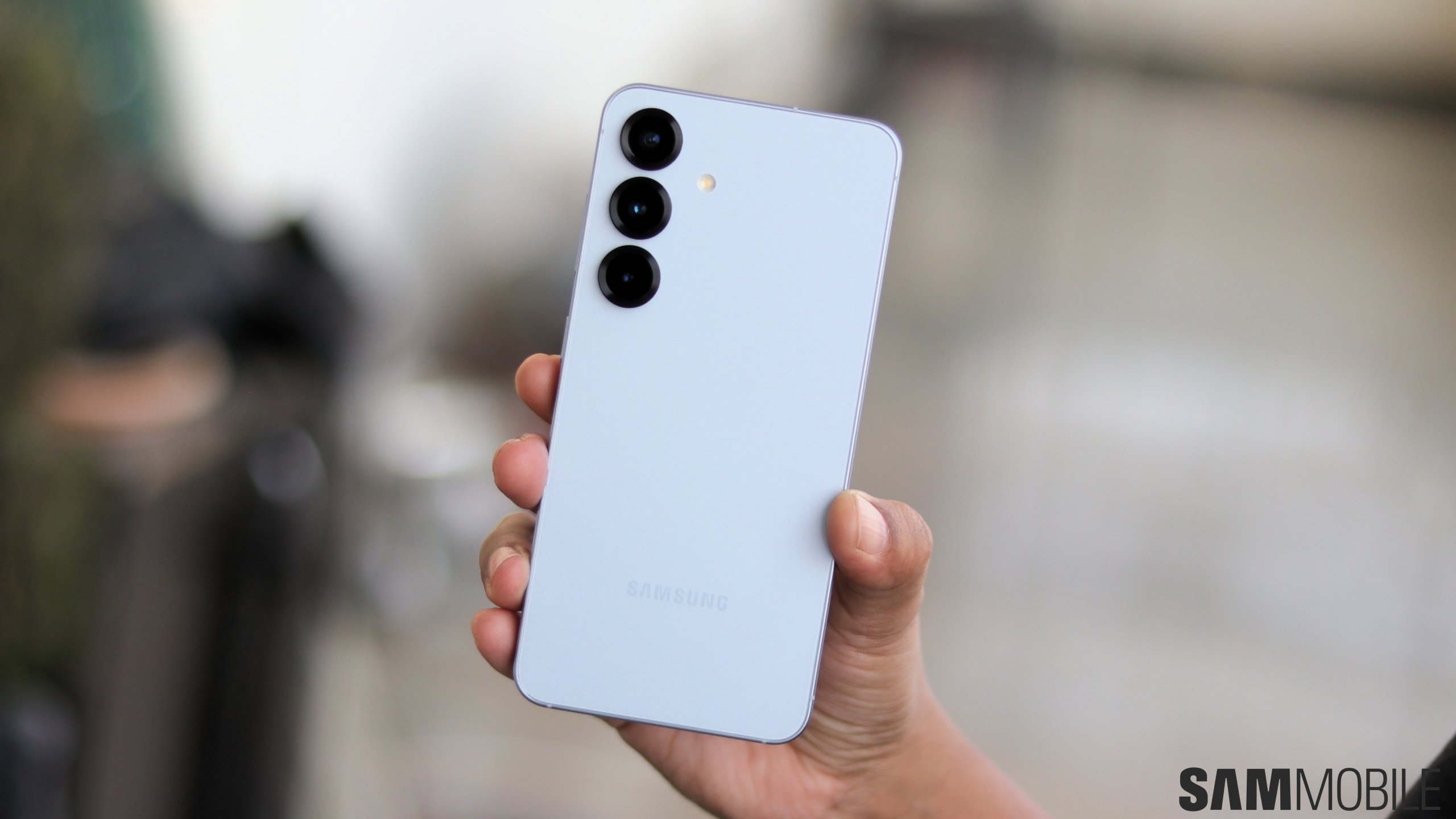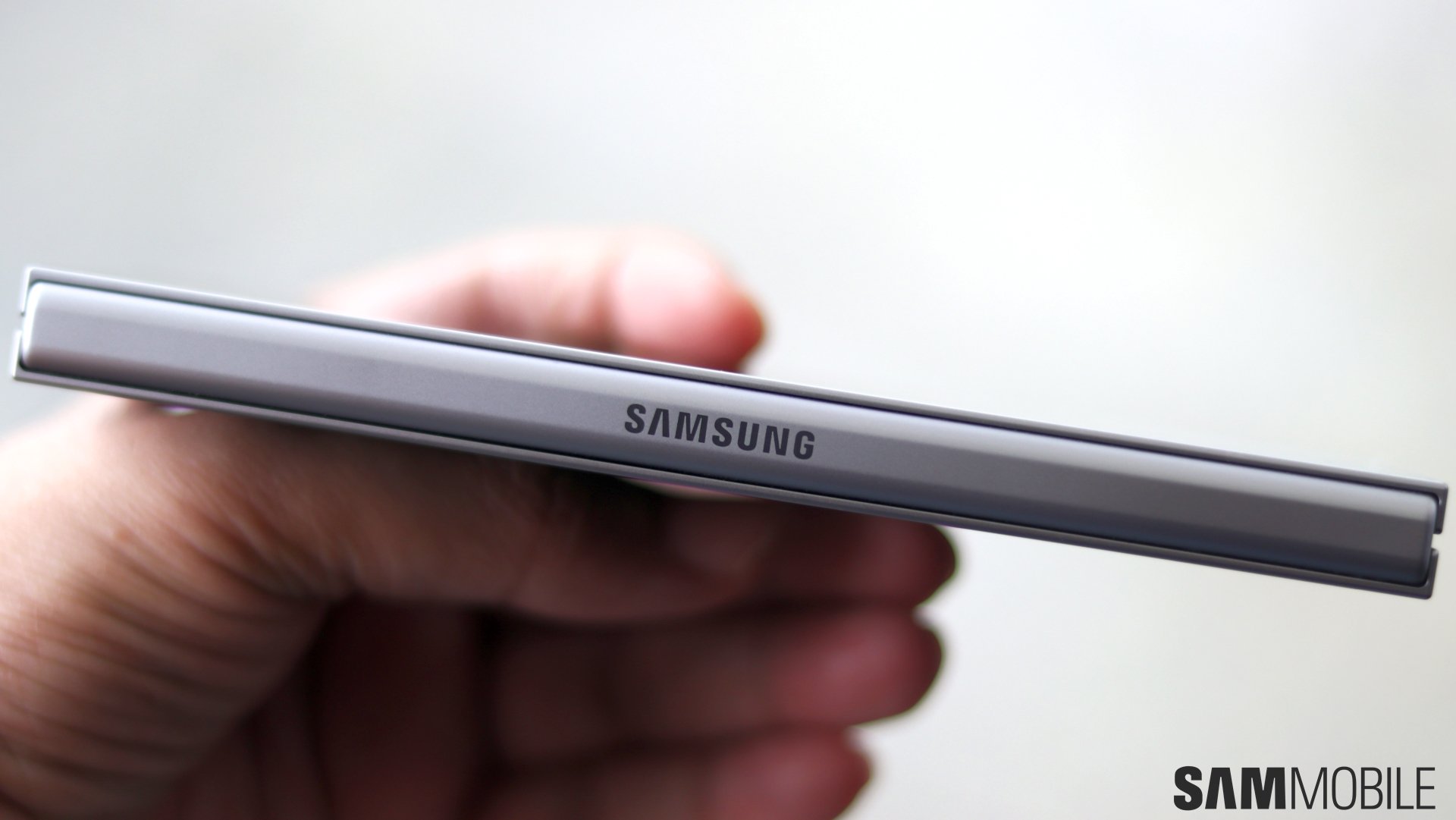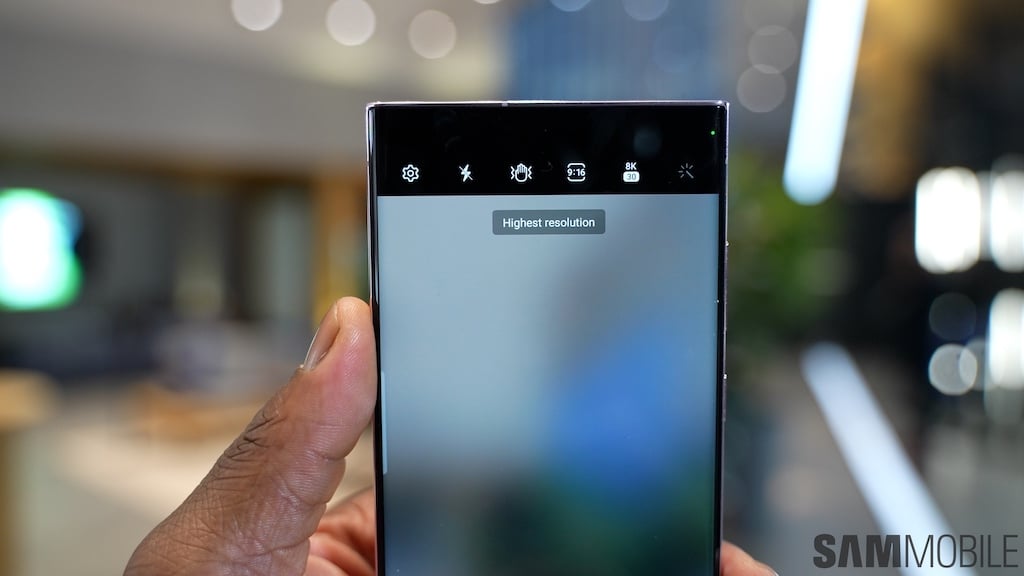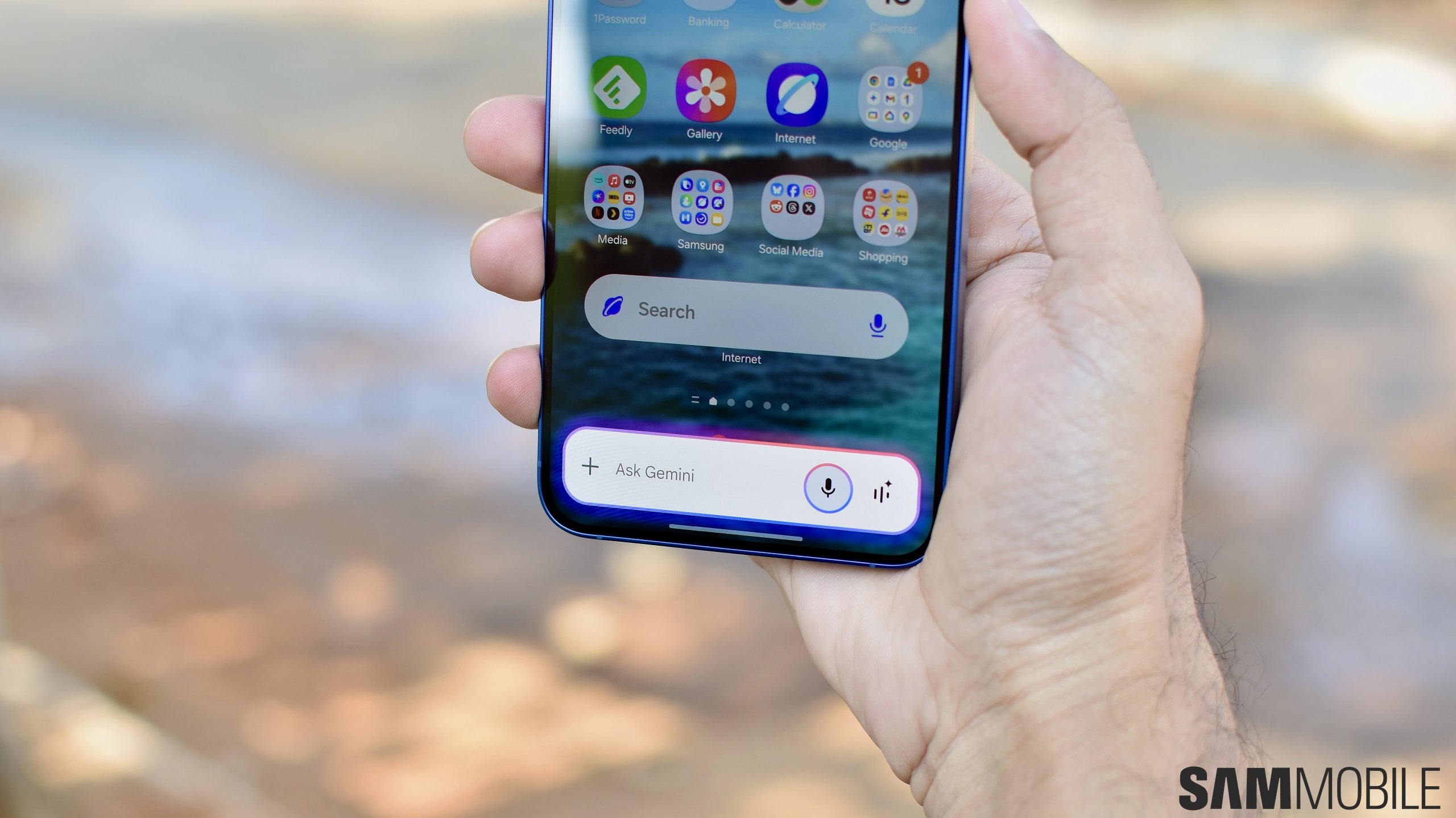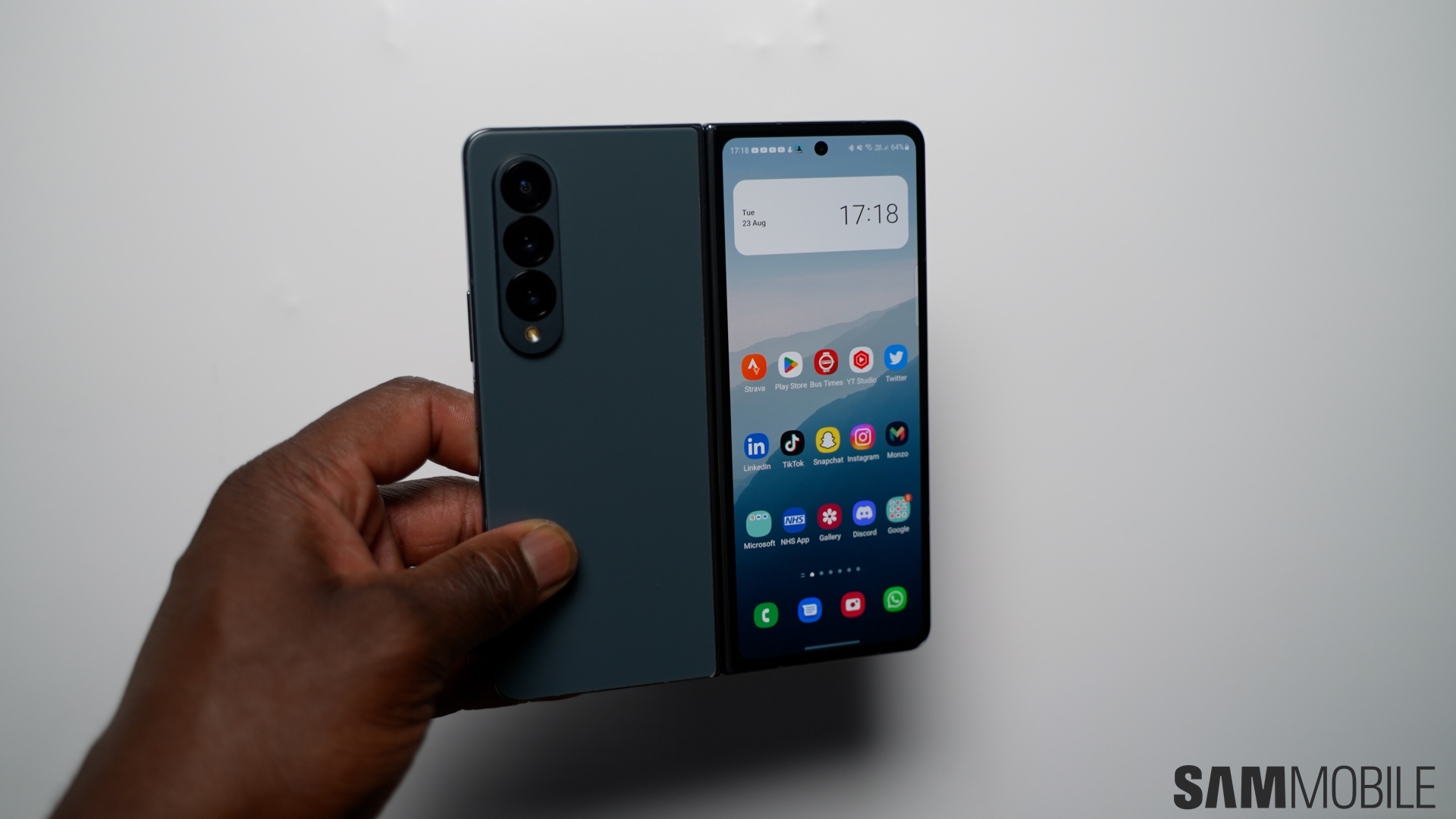
Apple enjoys a luxury that Samsung doesn't. There are no other companies that make iOS-powered smartphones. If customers want to use iOS, they have to buy from Apple. Its ecosystem is so strong that to get the most out of it, customers need Apple devices. The MacBook offers seamless functionality with the iPhone and the iPad, and so on and so forth.
Samsung doesn't have that advantage. It makes Android-powered smartphones, something that hundreds of other manufacturers across the globe do. In reality, there are only a handful of Android OEMs that can truly compete with what Samsung creates, but it's a distraction nonetheless. Samsung has to work harder and push the envelope more so that it stands out. It's very easy to drown in the sea of Android devices. Samsung has the monumental responsibility of swimming against the tide.
The iPhone 14 Pro is the perfect representation of the luxury Apple has to take its time with design decisions. Notched displays have become a thing of the past for flagship Android phones. Apple still sells some flagship models that have a notch. It's only with the latest series that Apple moved to a dual cutout panel with an interactive area around it. The company's spin on the hole punch display, called Dynamic Island, took time to arrive but it's quite unique.
Samsung didn't have the luxury. Chinese OEMs were quick to embrace the hole punch cutout for the front-facing cameras. Even as Samsung became one of the first companies to introduce such a panel with the Infinity-O display on the Galaxy A8s, this move was quickly replicated by countless Android OEMs within months.
We highlighted the ways the iPhone 14 would be a threat to Samsung in 2022. The company is limited in the ways it can take the fight to Apple's flagship phones. The Galaxy Z Fold and Galaxy Z Flip series still have a long way to go before they can steal market share from Apple, and that's assuming Apple doesn't come out with a foldable phone of its own.
When it comes to major advancements, Apple likes to take its time. The company didn't even rush to bring 5G to its iPhones even when Samsung and other manufacturers already had multiple 5G-enabled models on the market. It's going to take a similar approach with foldable phones. Apple will wait for Samsung to warm the market up nicely and then jump into it.
What options does this leave Samsung with? The company has made no secret of the fact that it views foldables as the future. The time is right for Samsung to expand this form factor and promote it further. The idea should be to build an unassailable lead with a diverse product range that makes whatever foldable iPhone that Apple comes out with look outdated in comparison.
Samsung's incredible vertical integration gives it the ability to do so. The various advanced components that Samsung's many different companies produce, from foldable panels to flexible batteries, give it an edge that no other company has. Samsung should lean more on their expertise to make its foldable smartphones a class apart.
Apple retains its secret advantage and that's going to continue posing problems for Samsung. It's most certainly a threat for the Korean giant. The company would do well to position itself for the eventual arrival of a foldable iPhone. Apple will take its time with the device and will undoubtedly put forward a polished first iteration. Samsung just needs to demonstrate that it can do all of that much better, which it most certainly can.














